Decentralized API (dAPI)
API services that are intrinsically interoperable with blockchain technology are known as decentralized application programming interfaces (dAPIs). This is an invention of the API3 protocol.
Shielded Transaction
A shielded transaction is essentially a transaction that is between two shielded addresses.
1hr
Stands for data for the past 1 hour.
24hr
Stands for data for the past 24 hours.
30d
Stands for data for the past 30 days.
51% Attack
If more than half the computer power or mining hash rate on a network is run by a single person or a single group of people, then a 51% attack is in operation.
7d
Stands for data for the past 7 days.
A
Abstract
Abstract is something that exists in thought as an idea.
Account
An account is essentially a whose purpose is to track the financial activities of a specific asset/
Accumulation/Distribution Indicator
The accumulation/distribution indicator determines the supply and demand level of a stock/asset/cryptocurrency by multiplying the closing price of a specific period with volume.
Adam Back
Adam Back is a world-renowned British cryptographer, cypherpunk and crypto industry figure from the United Kingdom.
Adaptive State Sharding
Used by Elrond, Adaptive State Sharding is an approach that combines all types of sharding into one to improve communication and performance.
Address
A place where cryptocurrency can be sent to and from, in the form of a string of letters and numbers.
Adoption Curve
Adoption curve indicates the pace of adoption of a new technology by people. It may also involve segregation of the target audience to understand the market’s willingness.
Air Gap
If data cannot be accessed, then it cannot be infected or corrupted — this is the concept of an air gap.
Airdrop
A marketing campaign that distributes a specific cryptocurrency or token to an audience.
Airnode
Airnode is an oracle node and API blockchain gateway that is readily deployed by API providers who want to engage in the API3 blockchain protocol and put their data feeds on-chain.
Algo-Trading (Algorithmic Trading)
Algo-trading is an automated trading system where buy and sell orders are placed according to the rules of a computer program or algorithm.
Algorithm
A process or set of rules to be followed in problem-solving or calculation operations, usually by a computer.
Algorithmic Market Operations (AMOs)
Algorithmic Market Operations (AMOs) automatically control the supply of algorithmic stablecoins while improving scalability, decentralization, and transparency.
Algorithmic Stablecoin
An algorithmic stablecoin actually uses an algorithm underneath, which can issue more coins when its price increases and buy them off the market when the price falls.
All-Time-High (ATH)
The highest point (in price, in market capitalization) that a cryptocurrency has been in history. *see All-Time-Low (ATL).
All-Time-Low (ATL)
The lowest point (in price, in market capitalization) that a cryptocurrency has been in history. *see All-Time-High (ATH).
Allocation
Allocation is the allotment of equity or tokens that may be earned, bought, or reserved for a specific team, group, investor, institution, or another similar entity.
Alpha Version
Alpha version is typically a preliminary version of the software, released to test its usability and interface.
Alphanumeric
Alphanumeric phrases consist of both letters and numerals, or characters.
Altcoin
As Bitcoin is the first cryptocurrency that captured the world’s imagination, all other coins were subsequently termed “altcoins,” as in “alternative coins.”
Altcoin Trader
A person who trades cryptocurrencies alternative to Bitcoin.
Amazon S3
Amazon Simple Storage Service (S3) is a scalable, high-speed, and inexpensive web-based cloud storage service to store and retrieve data anytime and anywhere.
AMLD5
The European Union’s 5th Anti-Money Laundering Directive (AMDL5) is an update to the union’s Anti-Money Laundering (AML) framework.
Anarcho-capitalism
A political philosophy originally conceived by American economist Murray Rothbard that has now been embraced by many members of the crypto community.
Angel Investor
A person who financially backs a new business venture or startup.
Annual Percentage Rate (APR)
The amount of interest a borrower must pay each year is known as the annual percentage rate (APR). The annual percentage rate (APR) is determined by multiplying the periodic interest rate by the number of periods in a year that the periodic rate is used.
Annual Percentage Yield (APY)
Annual percentage yield (APY) is the rate of return gained over the course of a year on a specific investment. Compounding interest, which is computed on a regular basis and applied to the amount, is factored into the APY.
Anonymous
Anonymity is when something is not known or named.
Anti-dump/Anti-Dumping Policy
In the world of blockchain, the anti-dumping policy is a set of rules that protects investors from falling victim to a pump and dump scheme, in which a large number of tokens are purchased by an investor (whale) to boost the token’s value and then dumped at a much higher price, resulting in losses to investors who purchased the asset later.
Anti-Fragile
A quality attached to an asset that means it performs better when exposed to volatility and shocks.
Anti-Malware
Anti-Malware is a type of application software that prevents, detects, and removes malware from computers & electronic devices.
Anti-Money Laundering (AML)
A set of international laws enacted to curtail criminal organizations or individuals laundering money through cryptocurrencies into real-world cash.
Antivirus
A piece of software designed to protect against malicious software and cyber attacks in general.
Apeing
Apeing is when a cryptocurrency trader buys a token shortly after the token project launch without conducting thorough research.
API
API stands for Application Programming Interface. It is a set of routines, protocols, and tools for building software applications. APIs specify how software components should interact, such as what data to use and what actions should be taken.
Arbitrage
Arbitrage is the practice of quickly buying and selling the same asset in different markets to take advantage of price differences between the markets.
Aroon Indicator
Aroon Indicator is used to identify the existence, changes, and corrective retracements and gauge the strength of an ongoing trend in financial markets.
Ashdraked
The complete loss of a trader’s total invested capital, specifically as a result of shorting Bitcoin.
ASIC
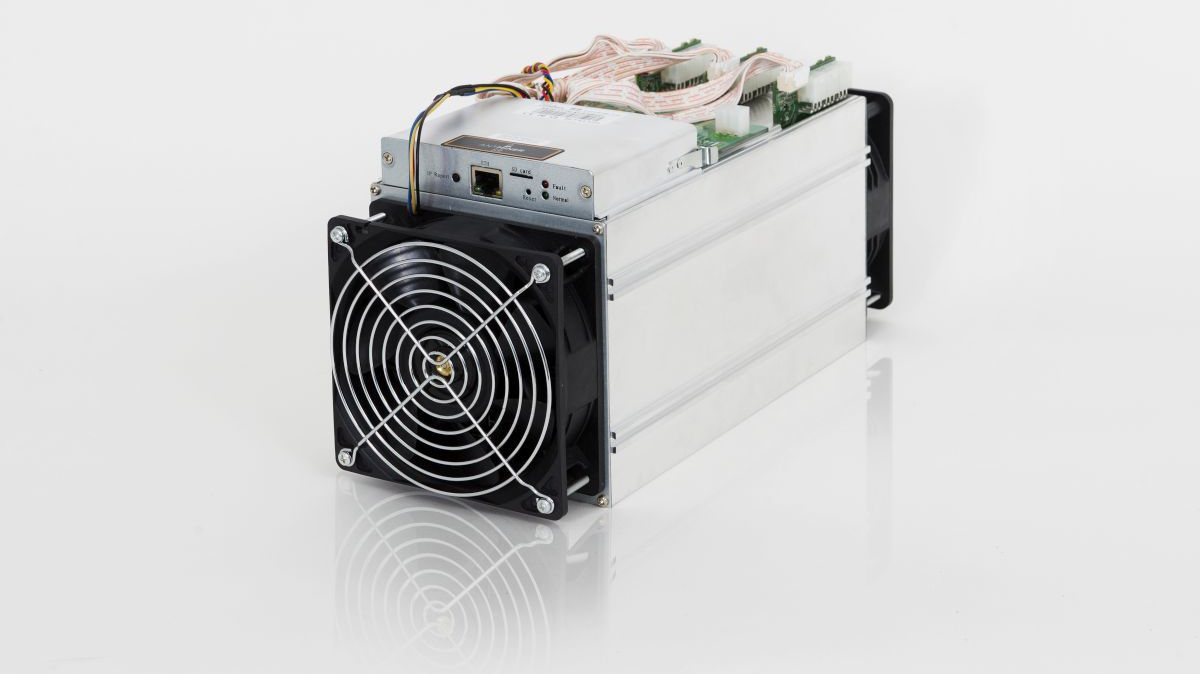
An acronym for application-specific integrated circuit — a device designed for the sole purpose of mining cryptocurrencies.
ASIC-Resistant
This term usually applies to blockchains and mining algorithms, designed to give no benefit for ASICs over consumer grade hardware.
Ask Price
The minimum price that a seller is willing to accept for an asset. The ask price is also sometimes referred to as the offer price.
Asset-Backed Tokens
Asset-backed tokens are digital claims on a physical asset and are backed by that asset.
Assets Under Management (AUM)
Assets under management measures the total market values of all the funds controlled by an individual or financial institution on behalf of their clients.
Astroturfing
The practice of disguising marketing campaigns or otherwise sponsored messaging as the unprompted views of genuine community members.
Asynchronous
Events that do not occur simultaneously or at the same rate are referred to as asynchronous.
Atomic Swap
The transfer of cryptocurrency from one party to another, without the use of an exchange or other intermediary.
AtomicDEX
AtomicDEX offers a cryptocurrency wallet and DEX in one application that is available for multiple platforms.
Attestation Ledger
An attestation ledger is an account book designed to provide evidence of individual transactions. It is generally used to “attest” that a financial transaction took place, or to prove authenticity of transactions or products.
Auction
An auction is a public sale through a bidding process where an asset is sold to the highest bidder.
Audit
An audit is a process where developers inspect the underlying code and/or algorithm that compose systems and applications.
Augmented Reality (AR)
Augmented Reality (AR) is an immersive experience that improves the value and usage of real-world items using computer-generated intuitive information sent through a variety of sensory modalities such as sound, touch, smell, and sight.
Authentication
Authentication is a process that confirms a user’s identity using passwords, SMS codes, fingerprints, and other forms of ownership proofs before granting access to sensitive and/or personal information.
Automated Market Maker (AMM) [Updated]

An automated market maker (AMM) is a system that provides liquidity to the exchange it operates in through automated trading.
Average Directional Index (ADX)
The average directional index (ADX) is a technical indicator that measures how strong a market trend is by using price moving averages and is represented by figures ranging between 1 and 100, where a larger value suggesting a stronger trend.
B

Bag
Crypto slang for a large quantity of a specific cryptocurrency. Alternatively (but less frequently) used to refer to the contents of an individual’s crypto portfolio.
Bagholder
An investor who continues to hold large amounts of a specific coin or token, regardless of its performance.
Bakers
Baking is the process that Tezos uses in order to append new blocks of transactions to its blockchain.
Baking
Baking is a process that is used by Tezos in order to append new blocks of transactions onto its blockchain.
Bandwidth
The quantity of data capacity available for transactional activity on a network is known as bandwidth.
Bank for International Settlements (BIS)
The BIS is an international financial institution that promotes global monetary stability.
Banking as a Service (BaaS)
BaaS platforms provides a higher level of financial transparency options by letting banks open up their APIs for third parties in order to develop new services.
Banking Secrecy Act (BSA)
The Bank Secrecy Act (BSA) was implemented in the United States in 1970 to prevent criminals from concealing or laundering their illegal gains.
Basket
A basket, when used in the cryptocurrency space, refers to a collection of digital currencies managed as a single asset.
Batch Auctions
Batch auctions are a trading mechanism in which individual orders are grouped together and executed simultaneously.
Beacon Chain
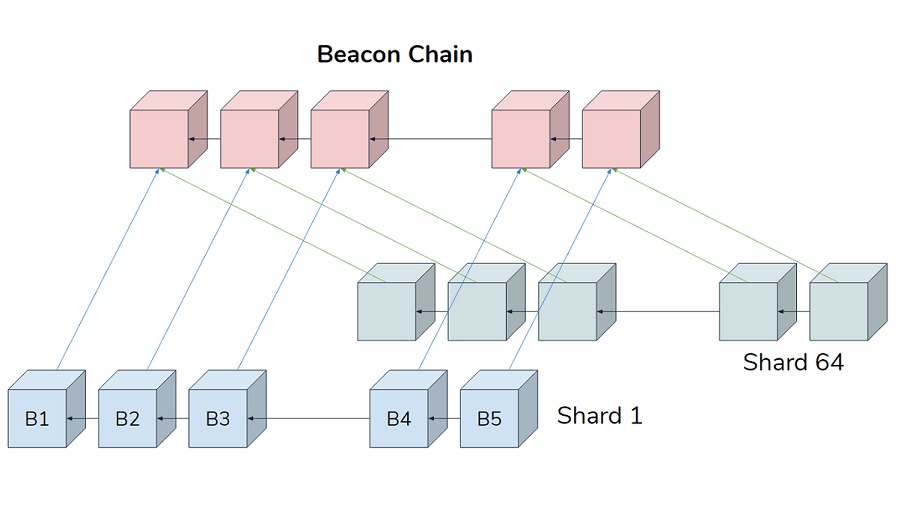
A blockchain that coordinates shard chains, manages staking and the registry of validators in a PoS cryptocurrency, such as Ethereum 2.0.
Bear
Someone who believes that prices in a given market will decline over an extended period. Such a person might be referred to as “bearish.”
Bear Trap
The attempted manipulation of a specific cryptocurrency’s price, based on the coordinated activity of a group of traders.
Bearwhale
A bearwhale is a person who has a high number of cryptocurrencies and uses their massive account to drive the price down and profit out of it.
Benchmark
Benchmarking is a method of comparing the performance of your asset or investment portfolio to that of similar assets to see whether there is a gap that can be bridged by increasing performance indicators.
Benchmark Index
A benchmark index is a popular index security that is used as a gauge or benchmark, against which the progress of the broader market may be tracked.
BEP-2 (Binance Chain Tokenization Standard)
A technical standard for tokens on Binance Chain.
BEP-20
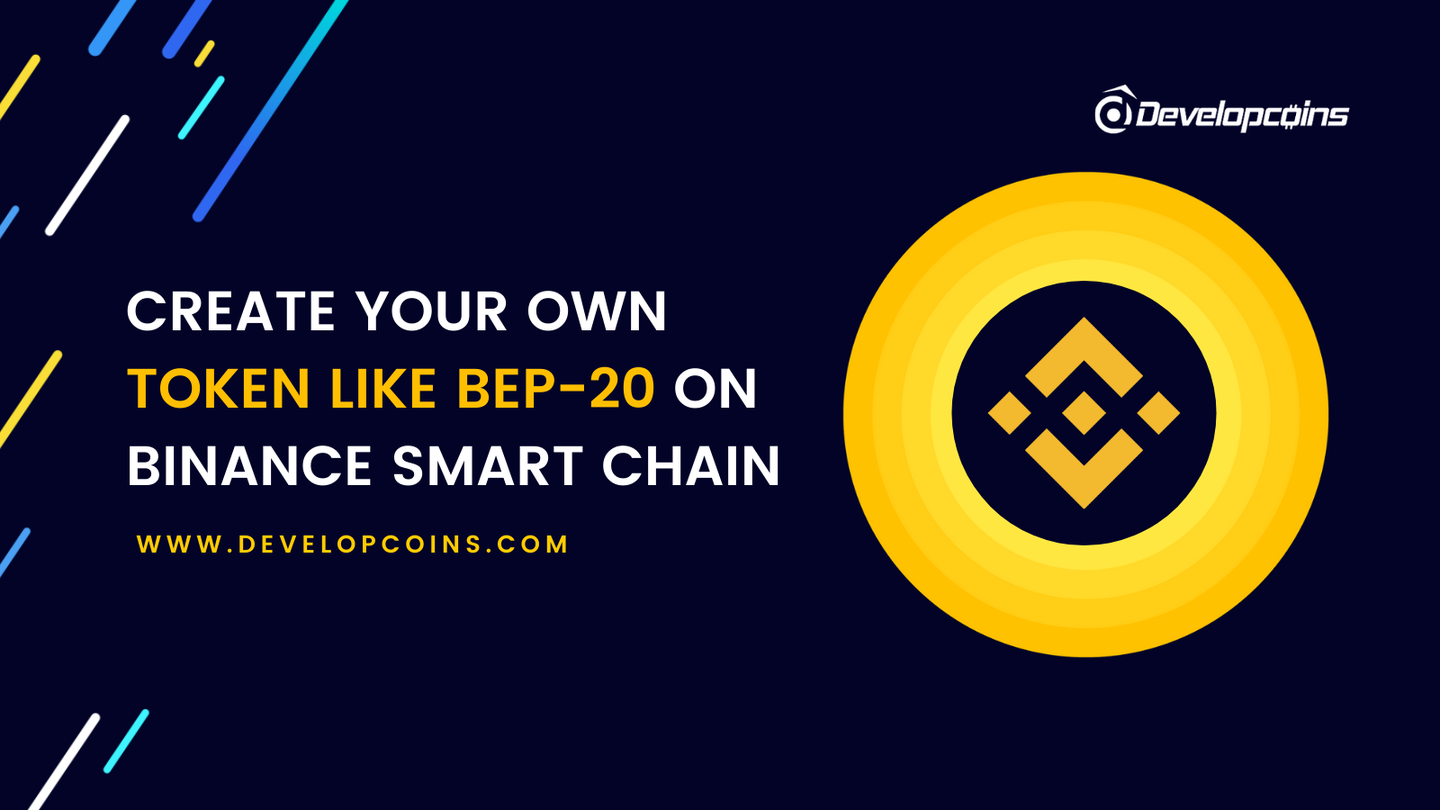
BEP-20 is a Binance Smart Chain token standard created with the intention of extending ERC-20.
BEP-721
BEP-721 is a Binance Smart Chain (BSC) token standard that enables the generation of non-fungible tokens (NFTs). It is considered to be an extension of ERC-721 that is one of the most popular NFT standards.
BEP-95 (Bruno Hard Fork Upgrade)
Binance Evolution Protocol (BEP-95) is a Bruno hard fork upgrade that aims to speed up the BNB token burning process.
Beta (Release)
A software pre-release stage where its access is offered to a set number of users & third-party software testers for testing it under real-world settings.
Bid Price
The cost that someone is willing to pay for a security, asset, commodity, service, or contract is referred to as a bid price.
Bid-Ask Spread
Bid-ask spread is the difference between the highest price which a buyer is willing to pay for an asset as well as the lowest price that a seller is willing to accept.
Big Tech
The four or five biggest technological corporations, particularly Facebook, Apple, Google, and Amazon, are referred to as “Big Tech” as they enjoy the biggest shares in their respective industries.
Binance Labs
Binance Labs is a project to nurture, invest in, and develop blockchain and cryptocurrency businesses, initiatives, and communities, as well as a social impact fund.
Binance Launchpad
Binance Launchpad offers crypto-startups a platform to raise capital and market their projects to millions of crypto investors in the Binance ecosystem.
Binary Code
Binary code is a two-symbol system that is based on numbers, “0” and “1,” to represent text, computer processor commands, or any other type of data.
Bit
A bit is a basic unit of information in computing.
Bitcoin ATM (BTM)

An automated teller machine (ATM or cashpoint) that allows the user to buy and sell Bitcoin.
Bitcoin Dominance (BTCD)
Bitcoin Dominance is a metric that determines how much share of the overall crypto market share is owned by Bitcoin.
Bitcoin Improvement Proposal (BIP)
The standard format for documents proposing changes to Bitcoin.
Bitcoin Pizza
Bitcoin Pizza refers to the infamous transaction where a guy, named Laszlo Hanyecz, paid 10,000 Bitcoins for two pizzas making it the first business transaction of Bitcoin in the real world.
Bitcoiner
A person who is bullish on Bitcoin.
Bitcointalk
Bitcointalk is the most popular online forum dedicated to Bitcoin, cryptocurrency and blockchain technology.
BitLicense
A business license permitting regulated virtual currency activities, issued by the New York State Department of Financial Services.
BitPay
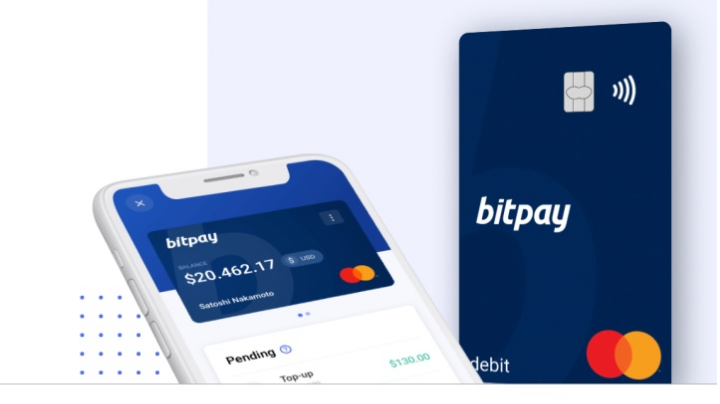
BitPay is a Bitcoin payment service provider.
Bits
A commonly used unit, or subdivision, of a single Bitcoin.
Bitstream
Configuration data loaded onto an FPGA is called Bitstream.
Black Hat Hacker
Black hat hackers usually use malware to penetrate into computerized networks and systems to steal data.
Black Swan Event
A black swan event, also known as black swan occurrences, is a metaphor for an unexpected event that has a significant impact.
Block
A file containing information on transactions completed during a given time period. Blocks are the constituent parts of a blockchain.
Block Explorer
An application enabling a user to view details of blocks on a given blockchain. Also known as a blockchain browser.
Block Header
A block header is a unique identifier for a block on a blockchain that is hashed on a continuous basis to supply proof-of-work for mining incentives.
Block Height
A value describing the number of blocks preceding a given block in the blockchain.
Block Producer
A block producer (BP) is a person or group whose hardware is chosen to verify a block’s transactions and begin the next block on most Proof-of-Stake (PoS) blockchains.
Block Reward
The coins awarded to a miner or group of miners for solving the cryptographic problem required to create a new block on a given blockchain.
Block Size
In blockchain technology, block size refers to the amount of data about transactions a single block in the chain can carry.
Block Time
Block time refers to the approximate time it takes for a blockchain-based system to produce a new block.
Block Trade
A block trade is a large-scale purchase or sale of securities that occur outside of an open market. It uses blockhouse as a financial intermediary to aid investors with risk management.
Blockchain
A distributed ledger system. A sequence of blocks, or units of digital information, stored consecutively in a public database. The basis for cryptocurrencies.
Blockchain 1.0
Blockchain 1.0 is the first generation of blockchain technology, which focuses on cryptocurrency and decentralization.
Blockchain 2.0
Blockchain 2.0 is an extension to blockchain 1.0 as it introduced the concept of decentralization of business and markets through smart contracts and improved security and transparency.
Blockchain 3.0
Blockchain 3.0 is the final developmental stage of blockchain technology, which predicts global, institutional and enterprise adoption.
Blockchain Explorer
A blockchain explorer is simply a search engine allowing users to browse through blockchain records.
Blockchain Transmission Protocol (BTP)
Blockchain Transmission Protocol (BTP) enables isolated blockchains to operate as a fully decentralized settlement layer by securely anchoring transactions using a protocol that is universal.
Blockchain Trilemma
The blockchain trilemma is the set of three issues that plague blockchains: decentralization, security and scalability.
Blockchain-Enabled Smart Locks
Blockchain-enabled smart locks solve many security issues and can be locked or unlocked based on the state of a variable that is embedded in a smart contract.
Bollinger Band
A tool developed by Bollinger to help in the recognition of systemic pattern recognition in prices; it is a band that is plotted two standard deviations away from the simple moving average, or exponential moving average in some cases.
Bonding Curve
A bonding curve is a mathematical curve that defines the relationship between the price and the supply of a given asset.
Bots
Automated software that can carry out tasks such as cryptocurrency trades.
Bounty
A cryptocurrency bounty is a reward users receive for performing tasks assigned by a given blockchain or project.
Brave Browser
Breaking
In the world of cryptocurrencies, breaking the forward compatibility of cryptoassets is seen in hard forks of a cryptocurrency.
Brian Armstrong
Brian Armstrong is the founder of Coinbase, one of the largest cryptocurrency exchanges in the United States.
Bridges
A blockchain bridge allows the seamless transfer of data or tokens between two different blockchain projects.
Browser Extension
A browser extension is a plugin for an internet browser that adds additional features.
Brute Force Attack (BFA)
An attempt to crack a password or key through automated trial and error.
Bubble
When an asset is traded at a price exceeding that asset’s intrinsic value.
Bug Bounty
A reward offered for the identification of vulnerabilities in software.
Bug Exploit
A bug exploit is an attack that take advantage of a system’s vulnerabilities.
Bull
A person that is optimistic and confident that market prices will increase, this person is also known to be “bullish” about the market or price.
Bull Trap
A bull trap occurs when a steadily declining asset appears to reverse and go upward, but soon resumes its downward trend.
Burn/Burned
Cryptocurrency tokens or coins are considered “burned” when they have been purposely and permanently removed from circulation.
Buy The (F*******) Dip (BTD/BTFD)
An enthusiastic exclamation by supporters of a cryptocurrency to buy while prices are at a low point.
Buy Wall
A buy wall is a disproportionately large buy limit order placed on a cryptocurrency exchange.
Byzantine Fault Tolerance (BFT)
Byzantine Fault Tolerance (BFT) is the property of a computer system that allows it to reach consensus regardless of the failure of some of its components.
Byzantine Generals’ Problem
A situation where communication that requires consensus on a single strategy from all members within a group or party cannot be trusted or verified.
Byzantium Fork
The Byzantium hard fork was geared towards making Ethereum’s smart contracts suitable for usage in the commercial space and to increase the speed of the transactions with an enhancement in the security on its blockchain
C
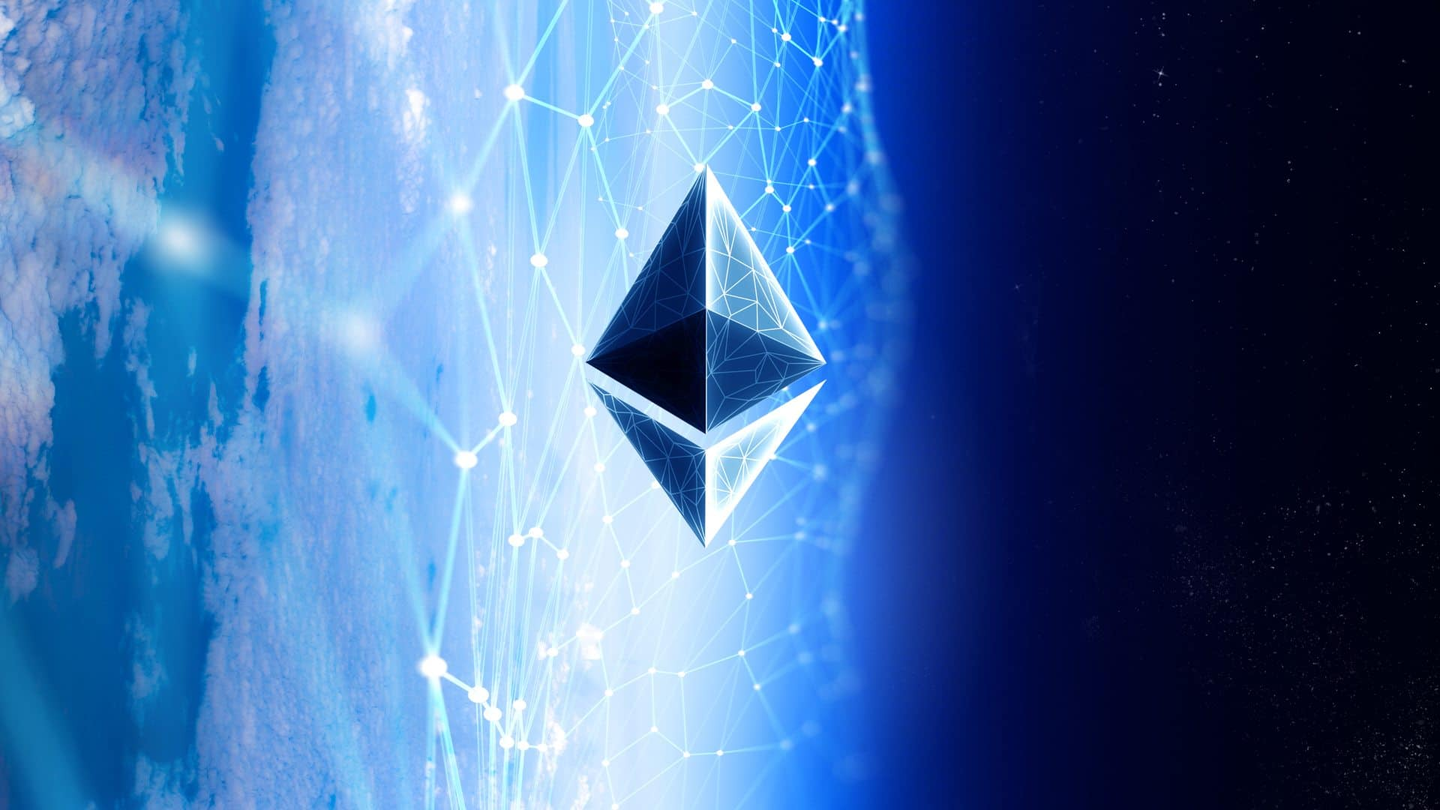
C++
C++ is an extension of the C programming language that allows cross-platform developments and capabilities.
Call Options
Call options are financial contracts that give an option buyer the right, but not the obligation, to purchase a stock, bond, commodity or other asset at a specific price.
Candlesticks
A candlestick chart is a graphing technique used to show changes in price over time. Each candle provides 4 points of information opening price, closing price, high, and low. Also known as “candles” for short.
Capital
Capital is most commonly defined as the large sum of money you would use to invest.
Capital Efficiencies
Capital efficiency is the ratio that compares the spending of a company on their growing revenue and how much they are receiving in return in the way of profits.
Capital Funds
Capital funding is the money provided in the form of debt or equity to operate a company.
Capitulation
Capitulation is the process of selling assets or cryptocurrencies at a significant loss because you have lost hope or belief that it will ever increase in price.
Casascius Coin
A physical unit of Bitcoin that comes in the form of brass, silver or gold-plated coins.
Cash
Cash is the most liquid form of money: physical coins and banknotes in the most narrow sense of the term.
Cathie Wood
Cathie Wood is a top stock investor and the founder of ARK Invest, a $60 billion (assets) firm that invests in cutting-edge technologies, including self-driving vehicles and genomics.
http://xzh.i3geek.com



